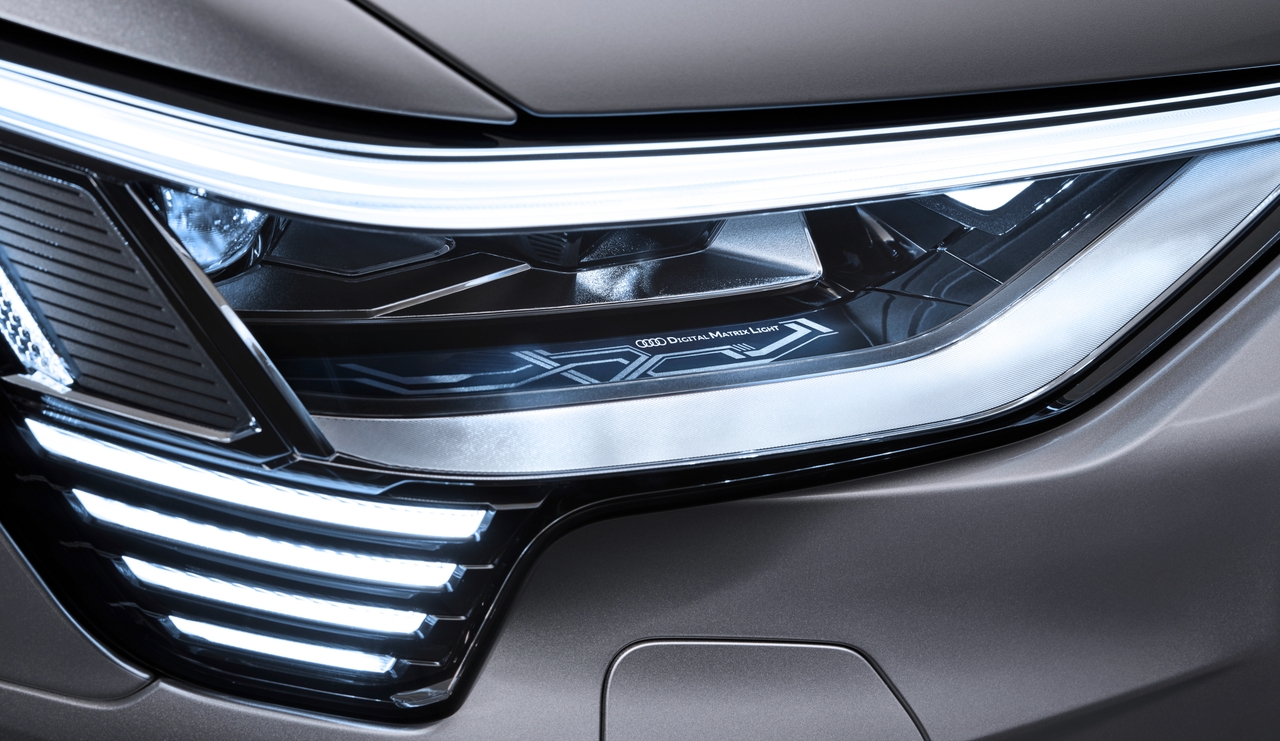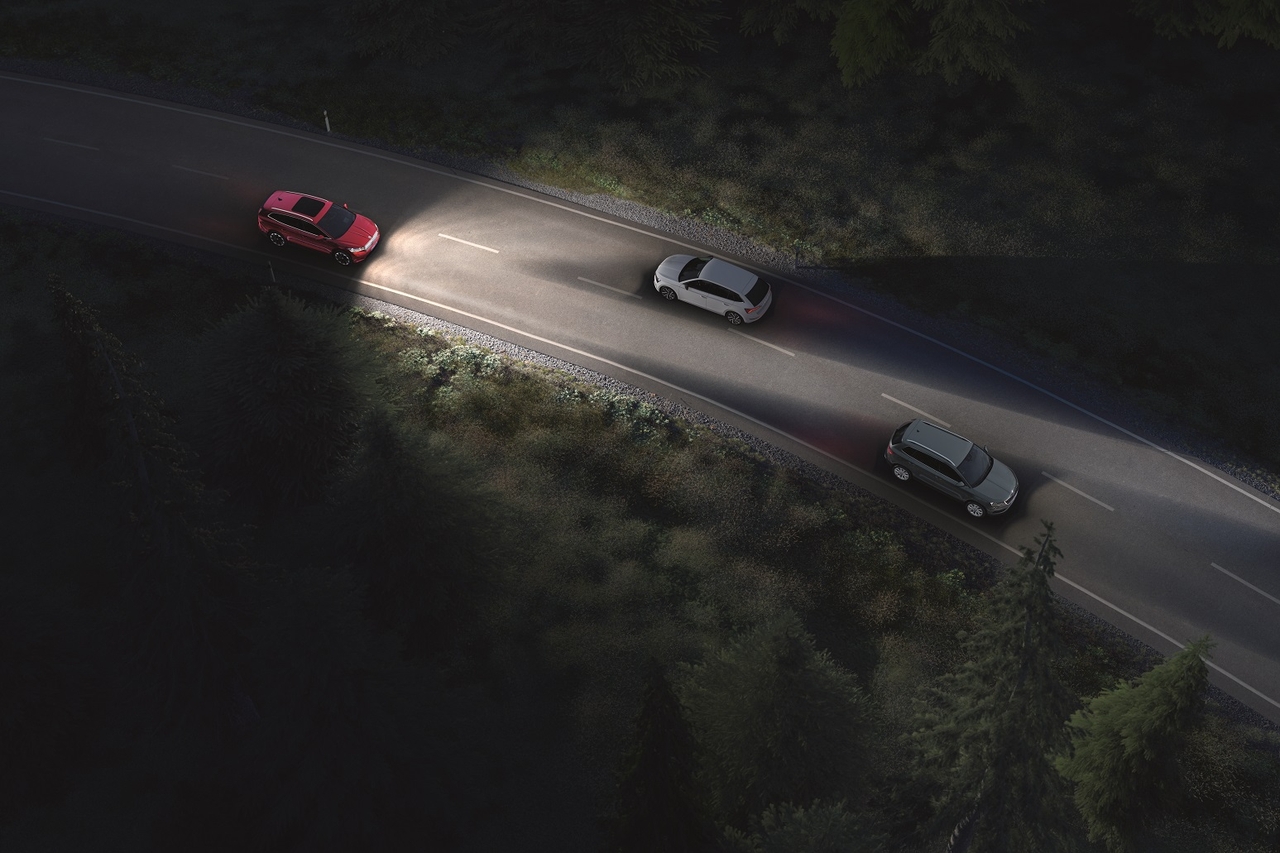Blinded by the science? Find out what LED headlights are and how they differ from traditional halogen headlights in our handy guide.
LED headlights are an increasingly common feature on modern cars because they’re brighter and longer-lasting than traditional halogen headlights. In this guide we’ll talk about how they work, the different types of LED headlights and whether it’s worth upgrading to them if there’s an option to do so.
What are LED headlights?
LED headlights are much like traditional headlights, except they use clusters of ultra-bright light-emitting diodes (LEDs) to throw a beam of light down the road. Many cars now have them as standard, while some cheaper cars let you upgrade from halogen bulbs to LED lights for extra cost.
What’s the difference between LED, halogen and Xenon headlights?
The main difference between LEDs and halogens is how the light is produced. A traditional halogen bulb works by passing a current through a filament which gets hot and emits light. Halogen bulbs degrade over time and can break, much like that annoying lightbulb on your landing that you’ve not replaced since you moved in.

LEDs, meanwhile, use a semiconductor that emits light when a current is applied to it. There’s no hot filament to burn out, so they should last years longer than halogen bulbs.
LEDs also have advantages over Xenon headlights, which were a popular headlight upgrade in the 90s, 2000s and early 2010s. Xenon headlights are much brighter than halogen headlights, but they still use reasonably fragile bulbs and require a huge amount of electricity to power. LEDs require far less, meaning your car should be more efficient if it’s fitted with LED headlights.
What are the advantages of LED headlights?
As a driver, the most noticeable benefit is that LED headlights are brighter and have a cooler, more natural tone than halogen headlights. Not only does this white light help light up dark roads more effectively, it’s less tiring on the eyes over long drives. And as we’ve mentioned, they’re more reliable and run cooler than the alternatives.
What are the disadvantages of LED headlights?
There’s only one really, but it’s a biggy – LED headlights are flippin’ expensive. They’re expensive to manufacture and this gets passed on to consumers, which is why they’re usually only standard on high-end cars, but we are increasingly seeing them offered on more mainstream cars – even the Vauxhall Corsa now features LED headlights as standard.

However, that also means replacement headlights are very expensive – a single headlight from a Porsche Taycan costs upwards of £2,300, while a halogen unit from a Honda Jazz is about £100.
You might also think that other cars having LED headlights is less than ideal – their greater brightness lights up the road better, but can sometimes be dazzling to other drivers if not properly aligned.
What are matrix LED headlights?
Matrix LED headlights turn off segments of the headlight’s main beam to ‘blank out’ oncoming cars, to avoid dazzling the driver. Because LEDs can be turned off and on very quickly, and because modern LED headlight units use hundreds of individual LEDs, it’s possible to mask out areas of the beam. This system is usually fed information from a camera high up in the windscreen that detects oncoming traffic. It’s a smart system that means you can leave your main beam headlights on most of the time.

Again, Matrix LED headlights used to be the preserve of luxury cars, but they’re now being offered as an (expensive) option on more affordable cars – such as a £24,000 Skoda Scala.
Can I upgrade my headlights to LEDs?
If your car has halogen headlights from the factory then it’s actually illegal to upgrade them to LEDs. Although there are retrofit LED ‘bulbs’ for halogen headlights, the lenses and reflectors won’t work correctly with an LED light, and you’ll likely just dazzle other road users.
What’s better than LED headlights?
While LED headlights look like they’re here to stay and have become the mainstream choice of illumination for carmakers, several manufacturers offer laser headlights. First used by Audi on a special edition of the R8 supercar and since adopted by BMW on some of its models, laser lights not only sound seriously cool but are up to four times brighter than LEDs and can be aimed even more accurately. They’re even more expensive than LED headlights, with some replacement units costing £3,000 per side.


































